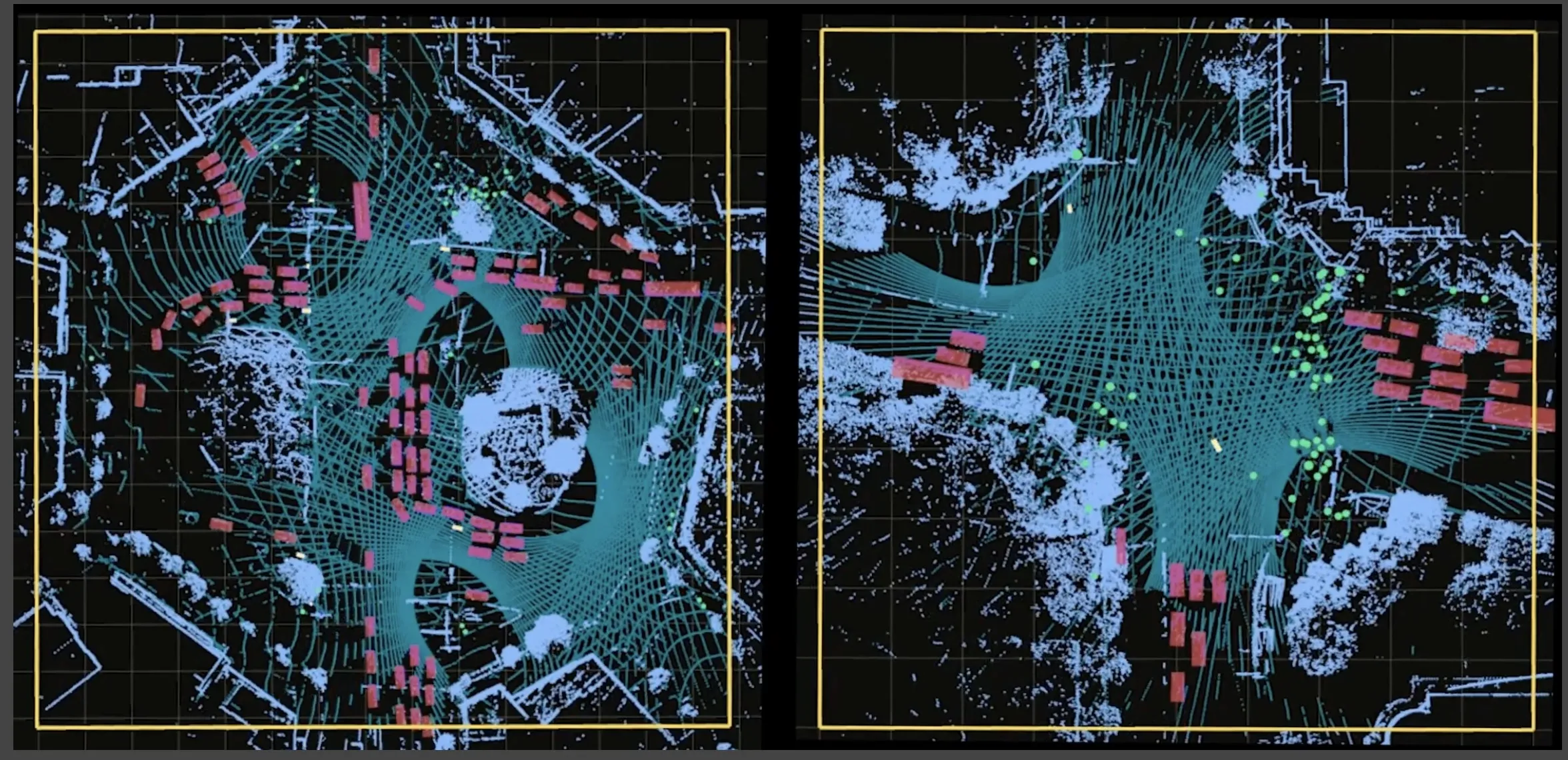
Five years from now, low emission vehicles – predominantly electric vehicles (EVs) - will be transforming the streets of our cities – as long as these vehicles have somewhere to charge.
Drivers of EVs without driveways, and unable to charge at home, need public charge points – and lots of them, whether during the journey or at the destination. Applying our modelling and analysis to one UK city, we’ve estimated it needs to expand its charging network by 500% in the next five years to help it meet its aspirations for a cleaner, lower-carbon future. Across the world, from Los Angeles to New Delhi, every city faces this problem. So, where should these charge points be located?
Let the data speak
The key to answering this question is for different city bodies and stakeholders – transport authorities, regeneration teams and energy distribution network operators – to embark on data-driven collaboration. Modelling city data can help municipalities and local authorities implement an EV charging network that supports mobility for all. If everyone is to benefit from the imminent EV revolution, city authorities urgently need to lead a collaborative effort to install the right number of charging points in the right places. City authorities already have access to data on socio-economic factors such as the types of housing in different areas, and to transport data that plots the origins and destinations of people’s journeys. Combining this in a detailed model can provide a picture of how many charging points are needed, the types required for the likely mix of vehicles, the benefits that could be derived from charge points in different locations and the likely demands on the energy network. We’ve created a detailed model that combines socio-economic, housing, transport data, with EV adoption rates and vehicle performance data. These are brought together in a proprietary demand model to provide a detailed picture of EV charging demand through the day, across an entire city. This allows us to test different scenarios and create plans integrating EV charging demand, with charge point placement and grid capacity.Don’t leave it to the market
Taking a network-wide approach is vital. Municipalities and city authorities could leave installing chargers entirely up to commercial charging companies. But would the market ensure that a cross-section of society has access to charging, or would firms simply cherry-pick the most profitable locations? Would the market investigate how electric buses could share their charging infrastructure with private cars?No. This is too important to leave to the market alone, or indeed any to single body. Because charging infrastructure affects issues such as air quality, decarbonisation and more broadly a city’s reputation, everyone needs to be involved – with local government taking a leading role in the EV revolution and creating an EV masterplan focused on achieving the widest-ranging benefits and supported by the whole community.
Key EV considerations
• Charging infrastructure is key to EV take-up and needs to support different road users with different behaviours
• On-street charging in residential areas will not happen at pace or scale. People without off-street parking need destination and en route charging to convince them to use EVs
• City authorities need to take a leading role in creating a joined-up plan for installing EV charge points, otherwise coverage will be patchy. And they urgently need a lot more charge points
• Modelling combines city data to help define the optimum number, type and location of charge points










